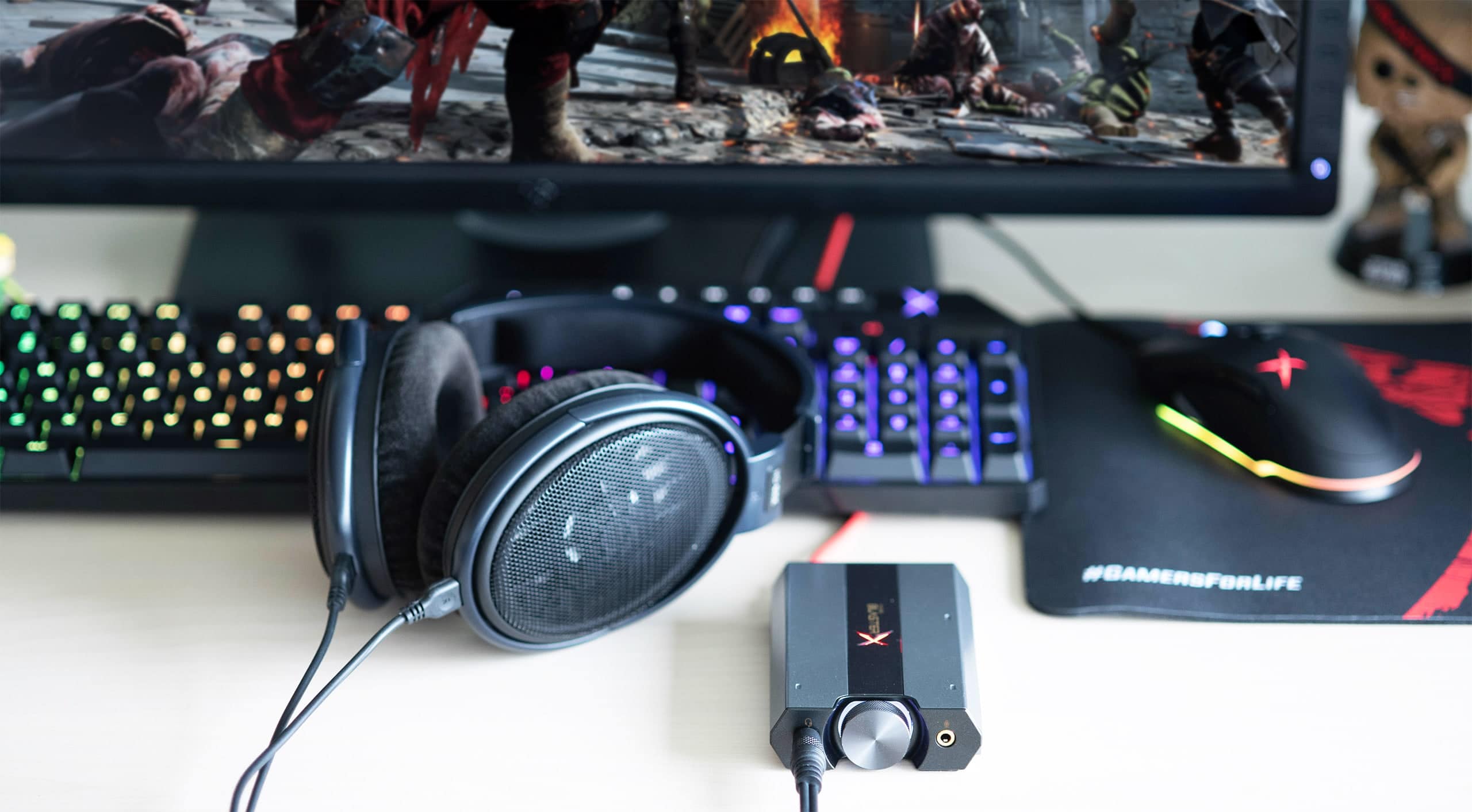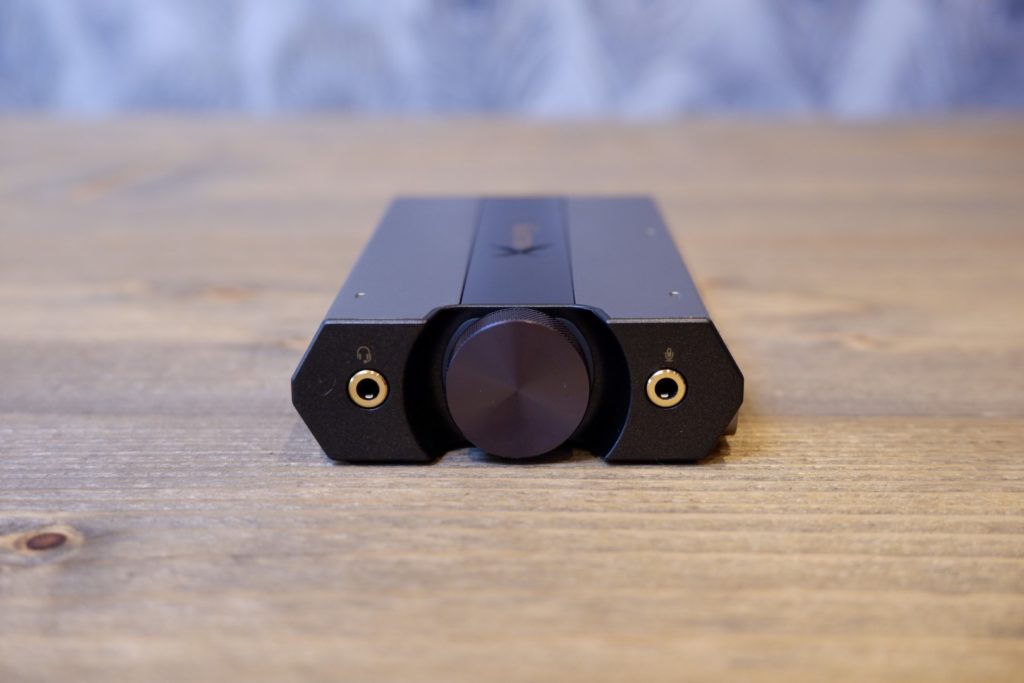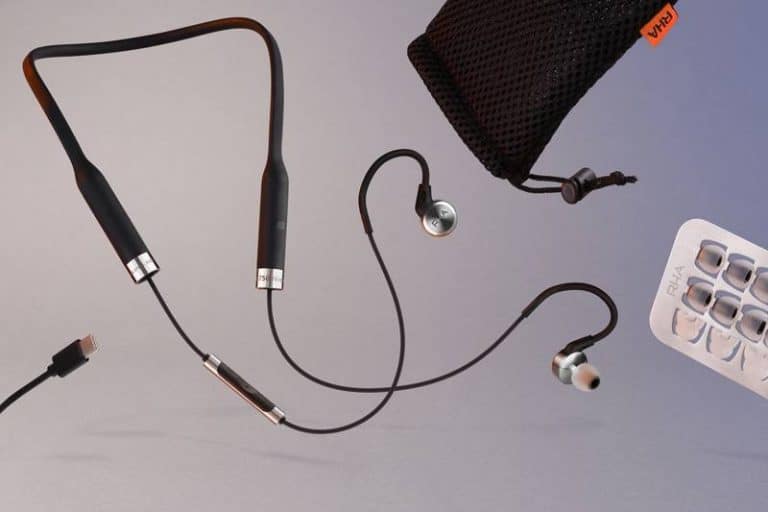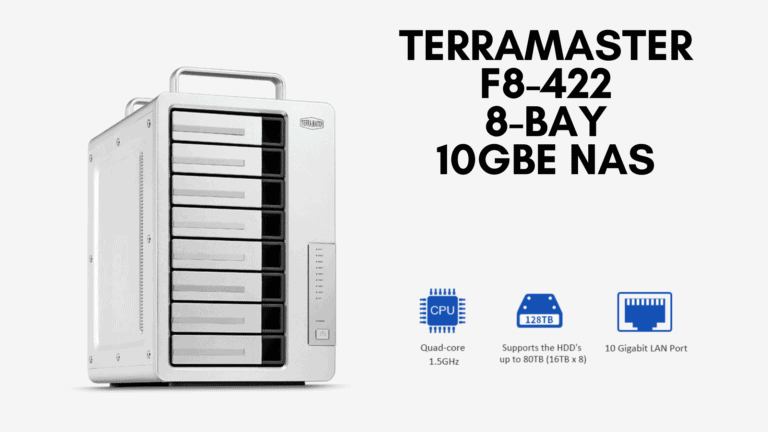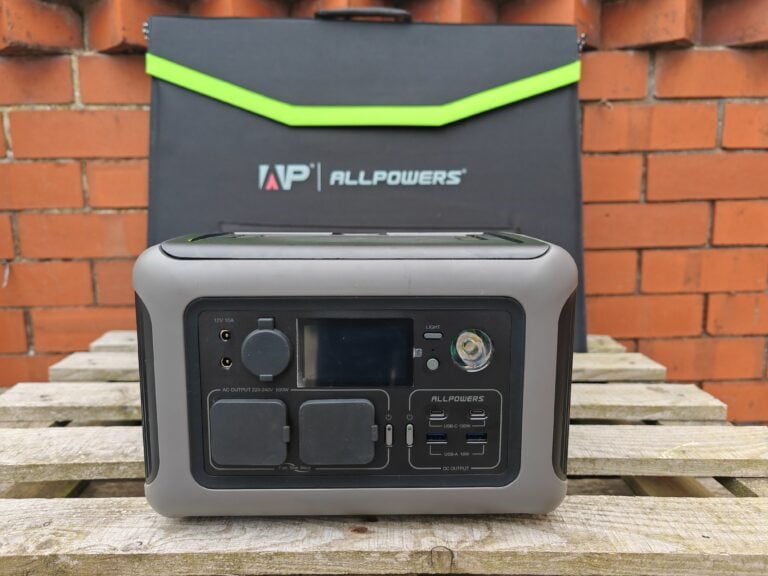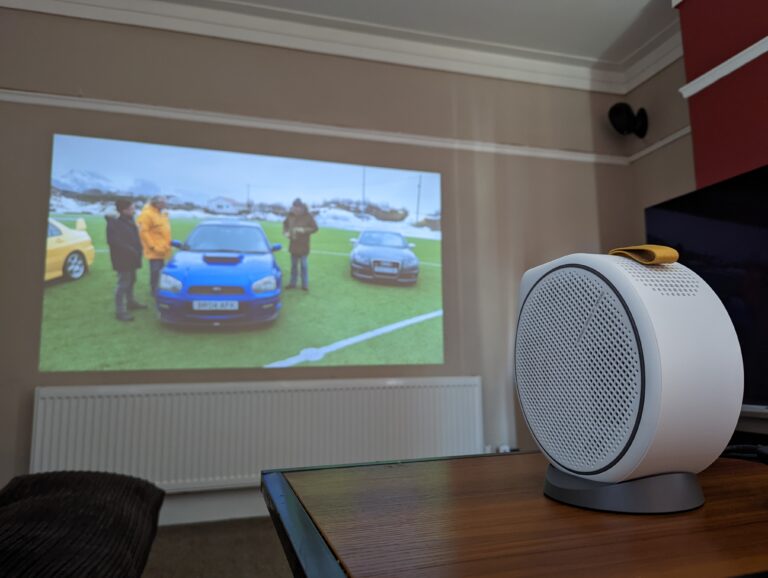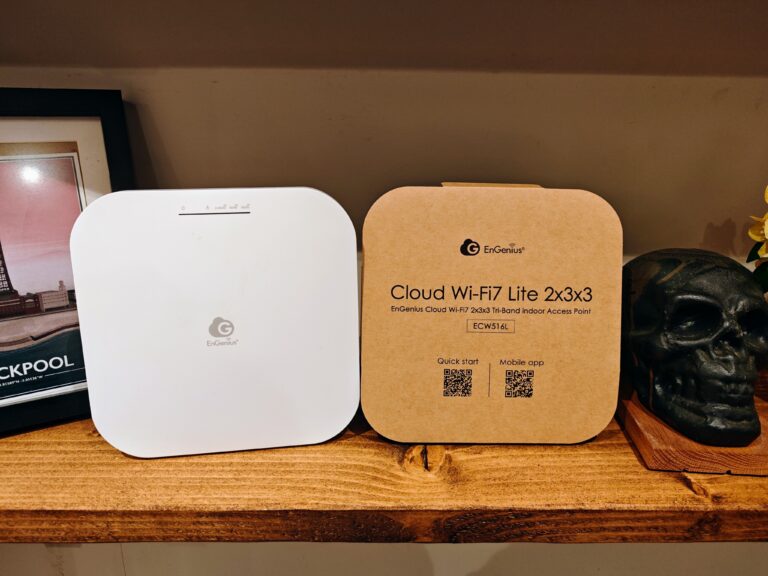Any links to online stores should be assumed to be affiliates. The company or PR agency provides all or most review samples. They have no control over my content, and I provide my honest opinion.
For the past year or so I have used two sets of speakers of my desk, one for my PC and the second for when I watched TV or Movies on my Nvidia Shield on one of my side monitors.
Not the most elegant solution, but it works, and I already had the speakers. However, my Acoustic Energy Augo M2.1 speakers have finally started to die after about 15 years, leaving me with the Bose Companion 50 as the only decent speakers I have.
Rather than buy another pair of speakers, it made more sense to look for a DAC that has multiple inputs that I can switch between. I needed either USB or 3.5mm input for the Shield, then either USB or Optical for my PC.
It turns out there are not too many options that are affordable. From my limited research, the list includes:
There are lots of other options too, but they can start to get a little pricey, for example, the Creative Sound Blaster X7 is £299
Prior to writing this review, I didn’t realise that the X-Fi HD would have suited my needs while being well under £100.
So I ended up buying both the G7 and Fiio K5 to test against each other
| Preview | Product | Rating | Price | |
|---|---|---|---|---|

| CREATIVE G6 7.1 HD Gaming DAC and External USB Sound Card... |
£129.99 | Buy on Amazon |
No products found.
Creative Sound BlasterX G6 vs Fiio K5 PRO
I paid £109.99 for the G6 as it had a £20 voucher on Amazon, but the RRP appears to be £129.99. In comparison, the Fiio is a bit more expensive at £149.90.
For the Sound BlasterX G6 you have two inputs, one microUSB then the second is both digital and line in. This takes power from the USB port, so if you only use optical/line-in, you will need to plug it into something, but if you are using the USB for input, then you don’t need to do anything.
For gamers, the Creative is much more appealing with a microphone input, the built-in software also has a range of features to improve the quality.
This is quite a small DAC too, so easy to transport around with you for laptop use or any other reason.
The Fiio is very much a desktop device, while not heavy it is quite chunky. This has 3 input option, coax/optical in, line in and USB in. This then requires power via a dedicated power in. Switching between inputs is done manually via a small switch on the front.
Specification
- 32-bit 384kHz DAC with a DNR of 130dB
- Sampling Rate (DSP Playback): PCM 16/24/32-bit / 44.1, 48.0, 88.2, 96.0kHz
- Sampling Rate (Direct Mode Playback): PCM 16/24/32-bit / 44.1, 48.0, 88.2, 96.0, 176.4, 192.0, 352.8, 384.0 kHz, DoP 24-bit / 176.4 , 352.4 kHz
- Output Impedance: 1 Ω
- Supported Headphone Impedance: 16 – 600 Ω
- High Gain: 150 – 600 Ω (+14dB)
- Low Gain: 16 – 149 Ω (+0dB)
Set up
One thing that is worth noting is that this uses a mini-Toslink cable for the optical input, the supplied cable is reasonably short, and all the spares I had are the normal square shaped Toslink cables. The USB cable isn’t particularly long either, so I have ended up having to buy an additional cable to reach all my devices.
As far as set up goes, there is not much to do. You can plug it in and away you go. For USB PC connections you can then install the Sound Blaster Connect software for improved functionality and tweaking sound settings.
Performance
I primarily use this with my Bose speakers, but for the sake of this review, I also tested the system with wired headphones.
Software
It is worth noting that to make the most of this DAC on your PC you will need to use the USB connection which will allow you to use the Creative software.
The Sound Blaster Connect software offers a wealth of customisations with a lot of gaming orientated options. In particular, there is scout mode which is designed to help highlight footsteps, speech and weaponry handling in games.
You also have the usual sound modifications most apps like this offer which allows you to tweak the equaliser manually or use the acoustic engine for some more user-friendly options
If you have a wired gaming headset, then you can also adjust multiple aspects of the microphone. This includes the volume, improving clarity, then there is a voice morph section which can make your voice female, male and various other presets.
USB
With the USB input this plays nicely with windows volume (and the volume controls within the Shield), it is a minor thing, but a bonus over the Fiio. Turning the knob of the G6 brings up with volume notification on either my PC or the Shield. Similarly, my volume roller on my keyboard allows full control. The Fiio is independent, so I set the volume on that, then can adjust it separately on my keyboard.
I tried scout mode, and there does seem to be an improvement with ambient noises with a bit more clarity in footsteps. I am not a particularly good gamer, so can’t say how much this would likely improve your gaming, but I imagine serious FPS players will appreciate it.
There is a notable improvement in sound quality compared to use the outputs of my motherboard. The SBX also improves things further giving more depth to the sound and a wider soundstage.
In comparison to the Fiio, it is a little hard to decide which is best, sound quality is subjective after all, and I would not class myself as an audiophile, or at least the quality of my hearing is not audiophile level. While the audio profile of the two DACs does seem to be slightly different, I would say the Creative is just as good as the Fiio.
Optical
Sound quality remains superb when you switch to optical, but you lose a lot of the benefits the software provides. SBX is enabled via a button on the side, so this still technically works, but for PC gamers you really need to stick with USB.
Overall
The price of the G6 is what caught my eye initially, but I was also put off by it being Creative, a gaming brand rather than Fiio who are well known for their superb DACs.
Initially, I had buyers remorse and was going to immediately send the G6 back without testing it, as I preferred everything about the Fiio apart from the price. However, I thought I should try it, and I have come away pleasantly surprised, sound quality is superb.
I can’t say for sure which DAC I prefer, I am not an audiophile, and sound quality is subjective. The RRP of the two devices is reasonably close too. Both DACs are superb and they are closely matched overall.
If you are a PC gamer, this is undoubtedly more appealing over the Fiio, the customisations the Creative software offers will appeal to many. I can’t say how useful scout mode is, but every little helps in the when playing online FPS. The SBX does help create an effective virtual surround sound which is something that will be useful for many gamers.
Overall this is a superb external soundcard / DAC with multiple inputs allowing you to use more than one device such as console and PC.
| Preview | Product | Rating | Price | |
|---|---|---|---|---|

| CREATIVE G6 7.1 HD Gaming DAC and External USB Sound Card... |
£129.99 | Buy on Amazon |
Creative Sound BlasterX G6 7.1 HD Gaming DAC Review Rating
Summary
A very impressive gaming focussed DAC. Don’t let the gaming credentials scare you off either, this is an excellent (affordable) DAC for audiophiles too.
Overall
90%-
Overall - 90%90%
I am James, a UK-based tech enthusiast and the Editor and Owner of Mighty Gadget, which I’ve proudly run since 2007. Passionate about all things technology, my expertise spans from computers and networking to mobile, wearables, and smart home devices.
As a fitness fanatic who loves running and cycling, I also have a keen interest in fitness-related technology, and I take every opportunity to cover this niche on my blog. My diverse interests allow me to bring a unique perspective to tech blogging, merging lifestyle, fitness, and the latest tech trends.
In my academic pursuits, I earned a BSc in Information Systems Design from UCLAN, before advancing my learning with a Master’s Degree in Computing. This advanced study also included Cisco CCNA accreditation, further demonstrating my commitment to understanding and staying ahead of the technology curve.
I’m proud to share that Vuelio has consistently ranked Mighty Gadget as one of the top technology blogs in the UK. With my dedication to technology and drive to share my insights, I aim to continue providing my readers with engaging and informative content.
Last update on 2025-06-30 / Affiliate links / Images from Amazon Product Advertising API

